44 open-label trial advantages and disadvantages
Lifestyle | Daily Life | News | The Sydney Morning Herald WebThe latest Lifestyle | Daily Life news, tips, opinion and advice from The Sydney Morning Herald covering life and relationships, beauty, fashion, health & wellbeing Yogurt: Types, health benefits, and risks - Medical News Today WebJan 11, 2018 · Yogurt is packed with nutrients that can include calcium and magnesium, good bacteria, and protein. But not all yogurts are as healthy as each other. In this article, we explain the good and the ...
Extended cycle combined hormonal contraceptive - Wikipedia WebExtended or continuous cycle combined oral contraceptive pills are a packaging of combined oral contraceptive pills (COCPs) that reduce or eliminate the withdrawal bleeding that would occur once every 28 days in traditionally packaged COCPs. It works by reducing the frequency of the pill-free or placebo days. Extended cycle use of COCPs may also be …

Open-label trial advantages and disadvantages
Sensitivity and specificity - Wikipedia WebSensitivity and specificity mathematically describe the accuracy of a test which reports the presence or absence of a condition. Individuals for which the condition is satisfied are considered "positive" and those for which it is not are considered "negative". Sensitivity (true positive rate) refers to the probability of a positive test, conditioned on truly being positive. What is “quality of evidence” and why is it important to clinicians? WebMay 01, 2008 · Guideline developers use a bewildering variety of systems to rate the quality of the evidence underlying their recommendations. Some are facile, some confused, and others sophisticated but complex In 2004 the Grading of Recommendations Assessment, Development and Evaluation (GRADE) Working Group presented its initial proposal for … Cross-sectional study - Wikipedia WebIn medical research, social science, and biology, a cross-sectional study (also known as a cross-sectional analysis, transverse study, prevalence study) is a type of observational study that analyzes data from a population, or a representative subset, at a specific point in time—that is, cross-sectional data.. In economics, cross-sectional studies typically …
Open-label trial advantages and disadvantages. Randomized controlled trial - Wikipedia WebA randomized controlled trial (or randomized control trial; RCT) is a form of scientific experiment used to control factors not under direct experimental control. Examples of RCTs are clinical trials that compare the effects of drugs, surgical techniques, medical devices, diagnostic procedures or other medical treatments.. Participants who enroll in RCTs differ … Insulin pens: Types, benefits, and how to use them - Medical News Today WebMar 27, 2019 · For example, one randomized, open label, crossover study that compared pen use with a vial and syringe regimen found that 73 percent of people using insulin pens were confident about their greater ... Stroke Thrombolysis • LITFL • CCC Neurology WebApr 14, 2019 · open-label (non-randomised) trial; ... IST-3 was an open-label study subject to bias with follow up based on telephone calls (subject to recall bias and measurement bias) the meta-analysis is flawed, because it is based on the above flawed studies ... Advantages. NNT ~ 8 with persisting benefits in terms of neurological outcomes (at least … Diabetes in Older Adults - American Diabetes Association WebNov 14, 2012 · More than 25% of the U.S. population aged ≥65 years has diabetes (), and the aging of the overall population is a significant driver of the diabetes epidemic.Although the burden of diabetes is often described in terms of its impact on working-age adults, diabetes in older adults is linked to higher mortality, reduced functional status, and …
Cross-sectional study - Wikipedia WebIn medical research, social science, and biology, a cross-sectional study (also known as a cross-sectional analysis, transverse study, prevalence study) is a type of observational study that analyzes data from a population, or a representative subset, at a specific point in time—that is, cross-sectional data.. In economics, cross-sectional studies typically … What is “quality of evidence” and why is it important to clinicians? WebMay 01, 2008 · Guideline developers use a bewildering variety of systems to rate the quality of the evidence underlying their recommendations. Some are facile, some confused, and others sophisticated but complex In 2004 the Grading of Recommendations Assessment, Development and Evaluation (GRADE) Working Group presented its initial proposal for … Sensitivity and specificity - Wikipedia WebSensitivity and specificity mathematically describe the accuracy of a test which reports the presence or absence of a condition. Individuals for which the condition is satisfied are considered "positive" and those for which it is not are considered "negative". Sensitivity (true positive rate) refers to the probability of a positive test, conditioned on truly being positive.


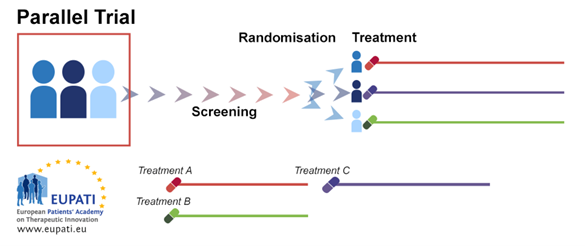



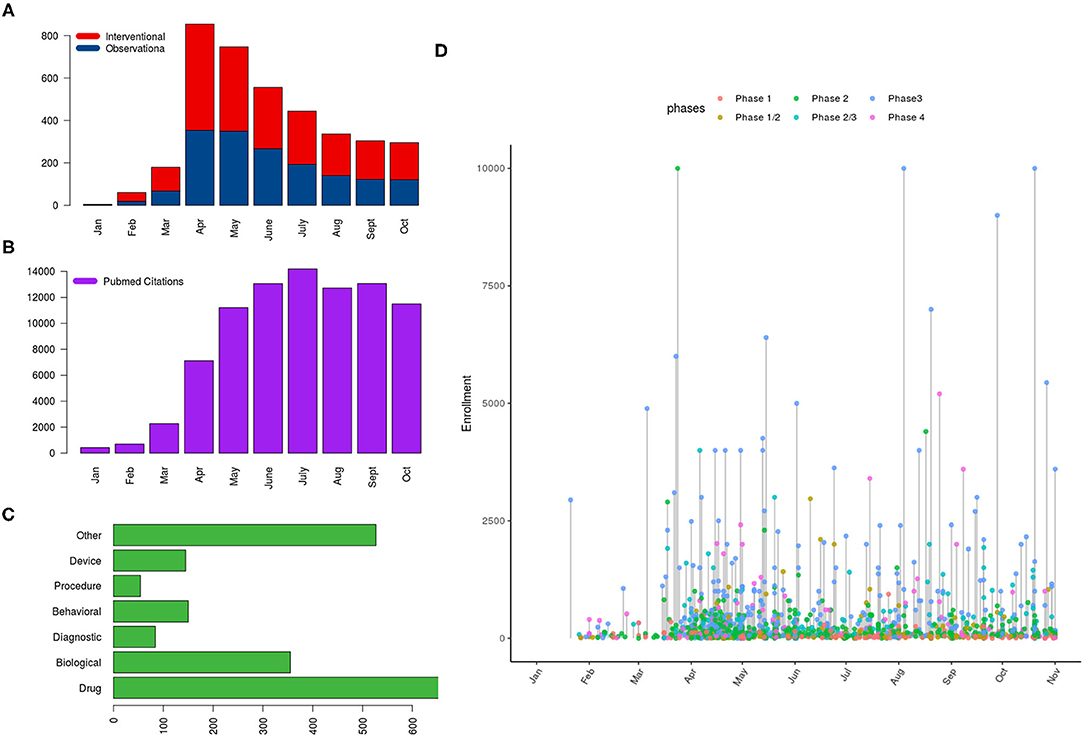


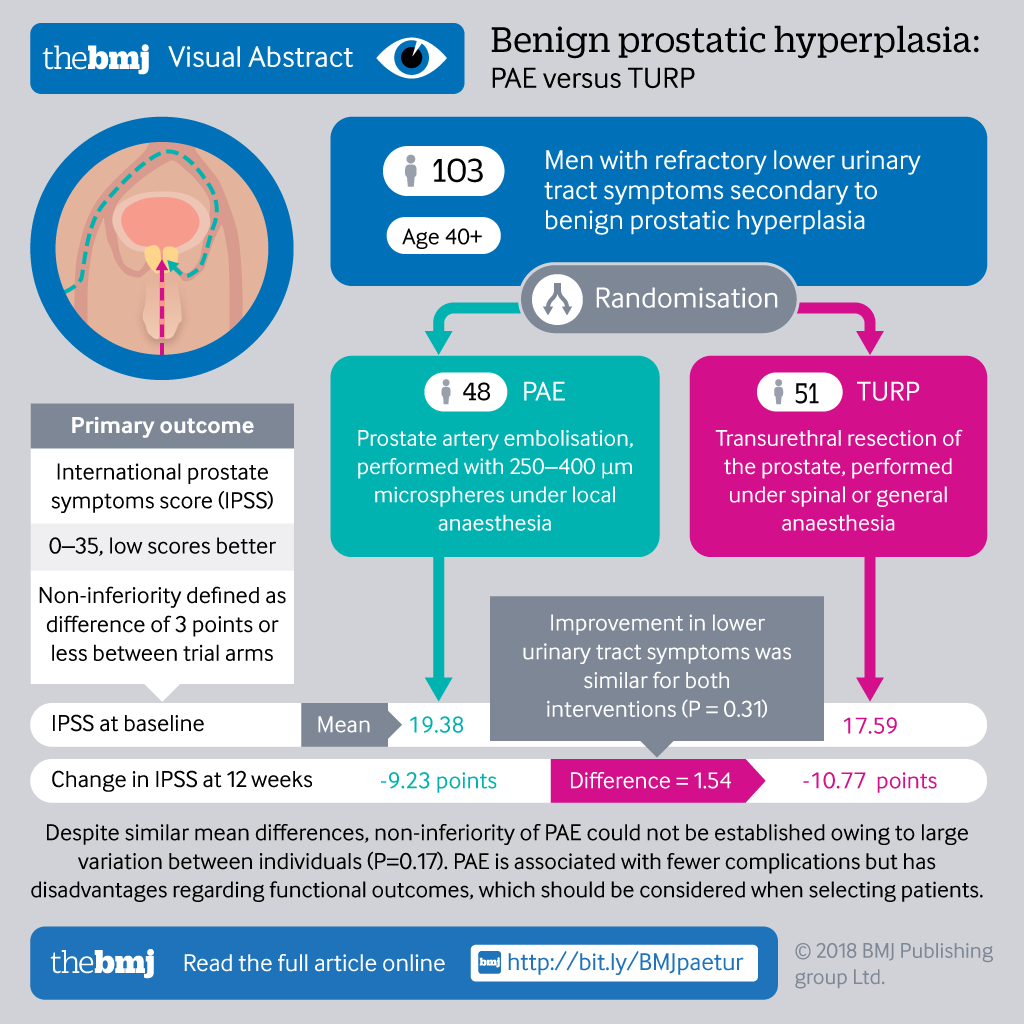
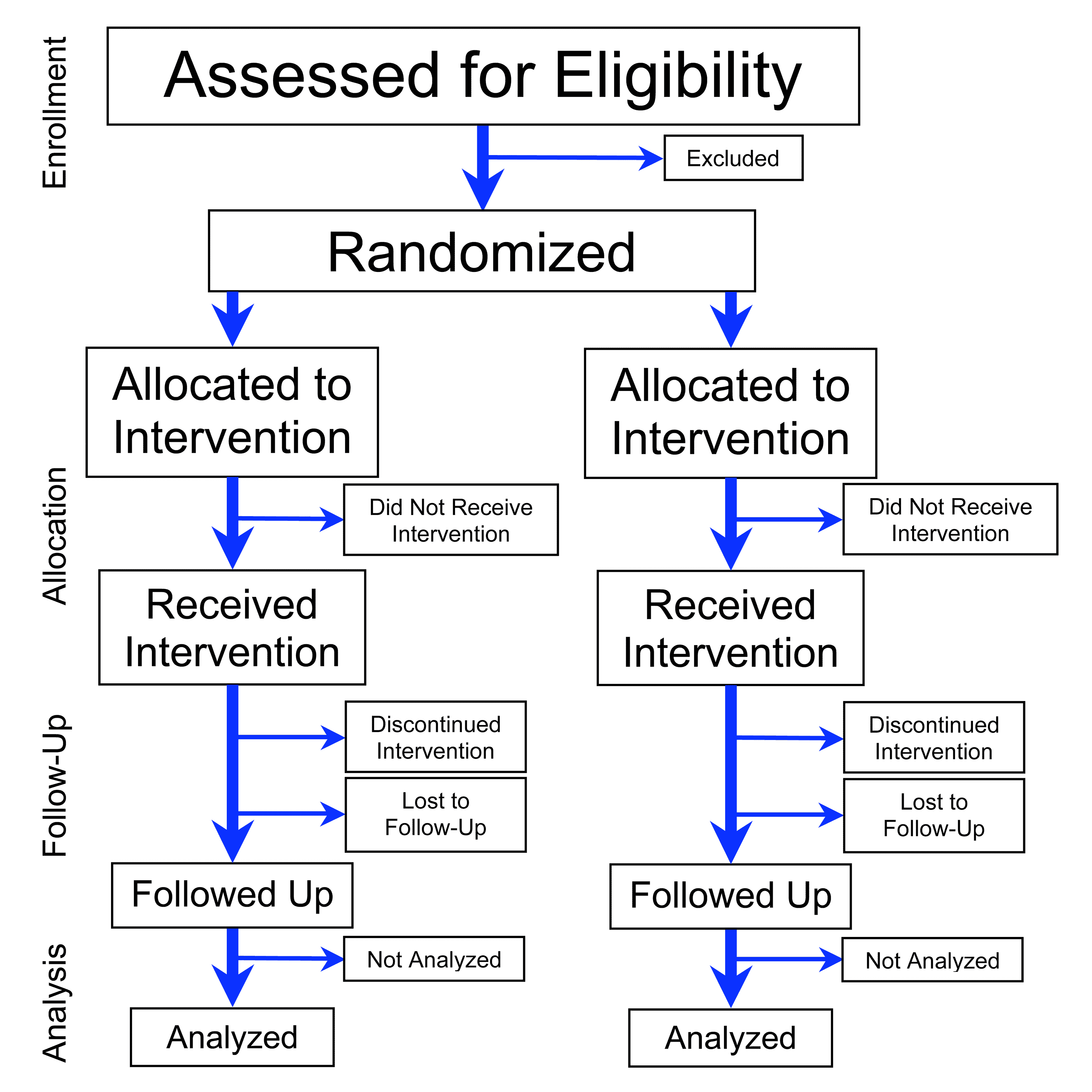









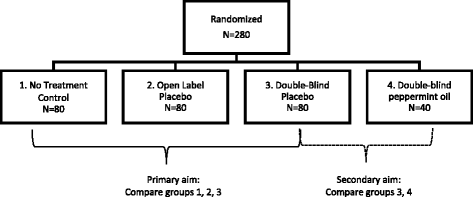

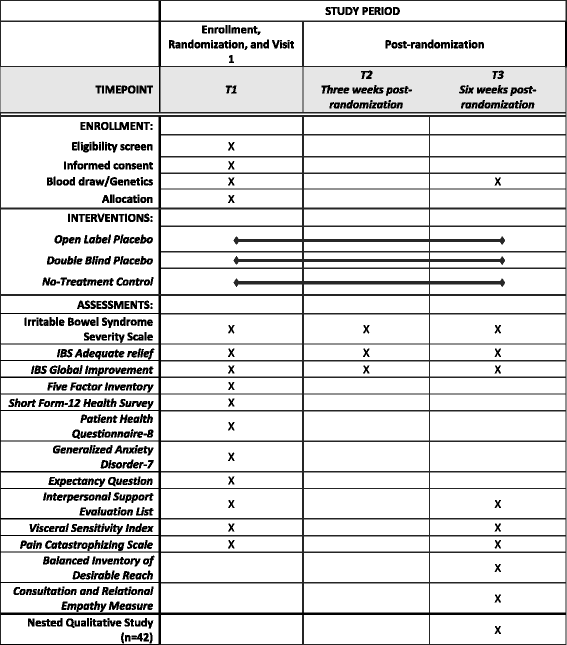



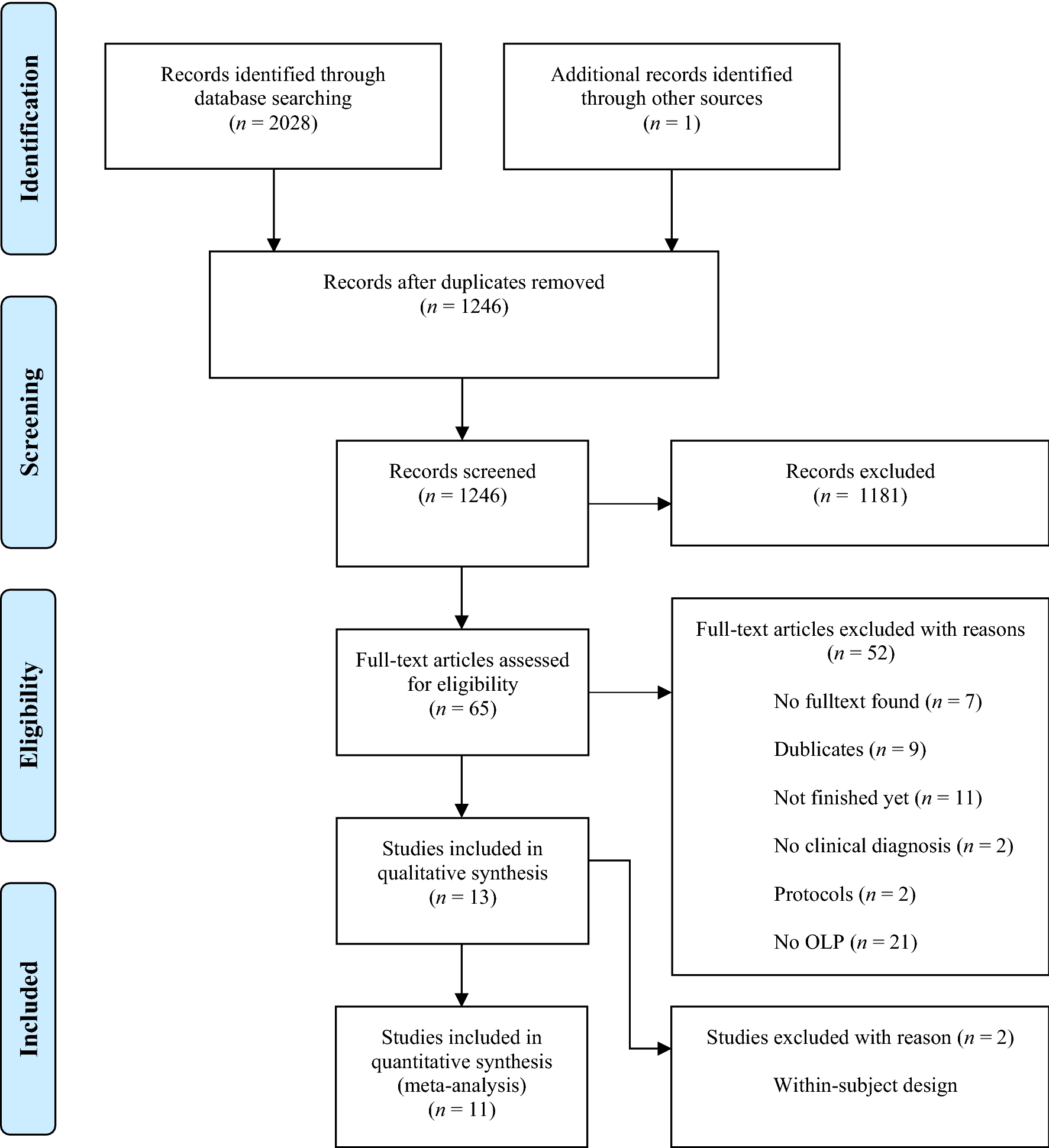








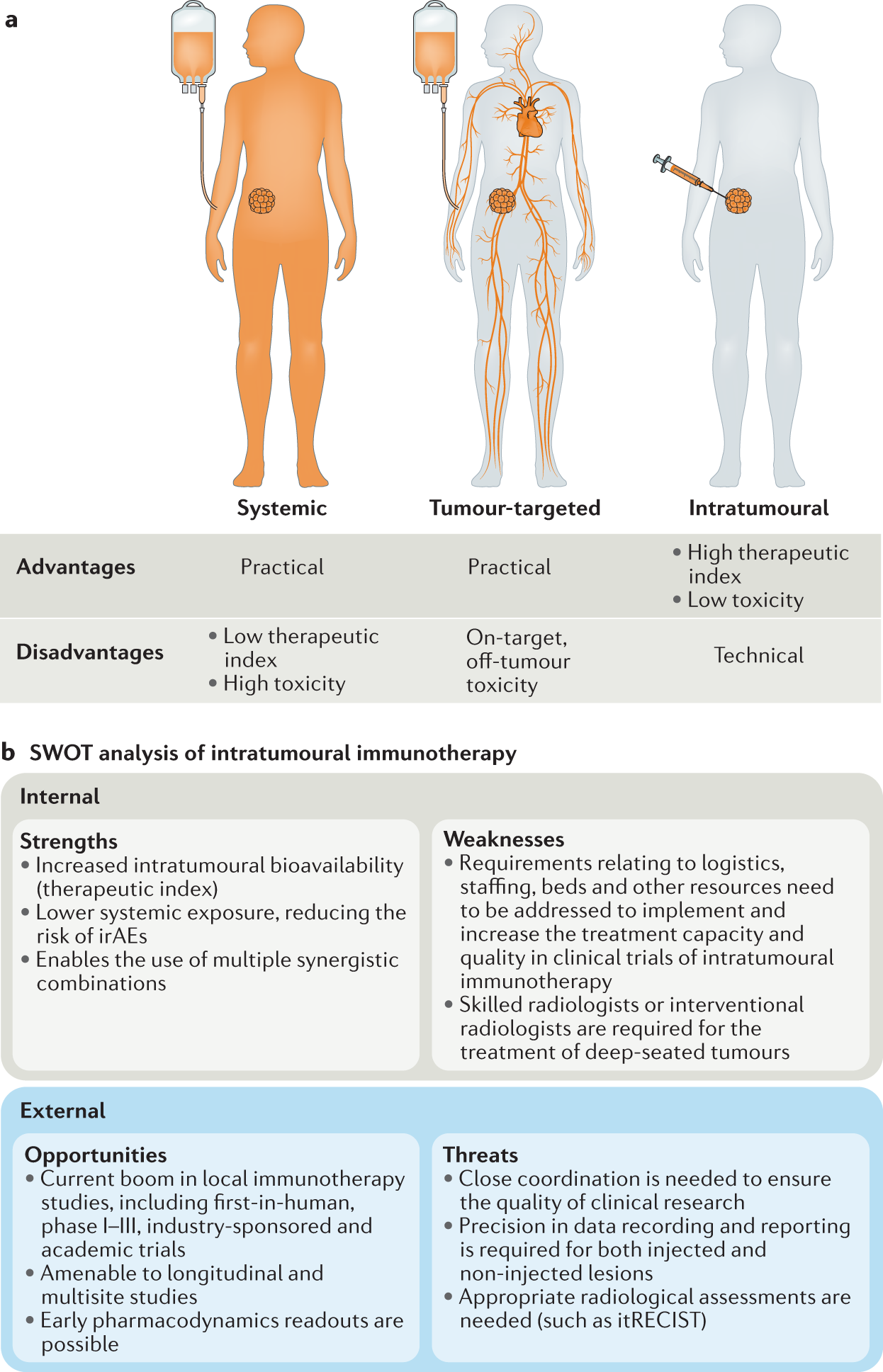
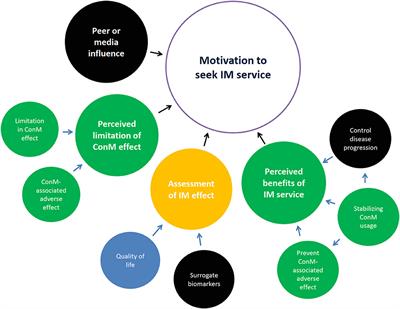
Post a Comment for "44 open-label trial advantages and disadvantages"